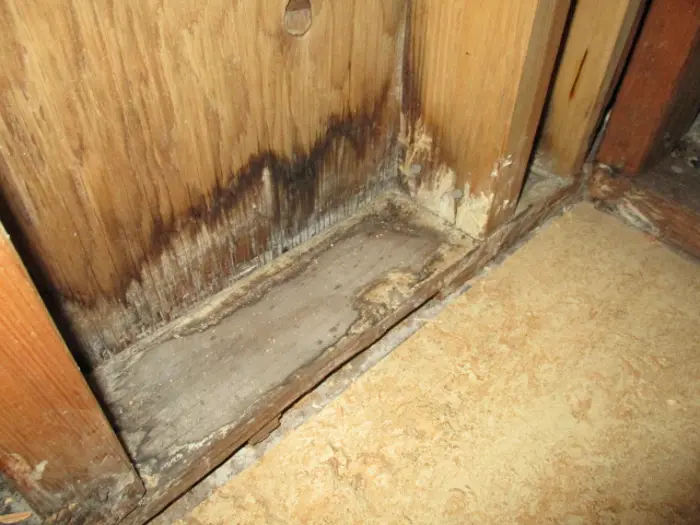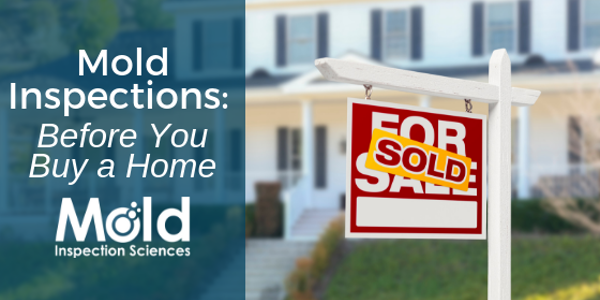How Do I Know if Mold Is Affecting My Health?
You’ve noticed a persistent musty odor in your home and can’t seem to shake your morning congestion. Could mold be the hidden culprit?

Mold is common in the environment and every home has at least some mold present, but its impact on health varies widely from person to person. For some, mold may go unnoticed, while others experience significant health challenges.
In this post, we’ll help you understand why mold affects people differently, how to recognize potential warning signs, and how to take steps to confirm and address mold problems in your home. With the right knowledge, you can protect your health and create a safer living space.
Why Mold Affects People Differently
The Role of Individual Factors
Mold exposure doesn’t affect everyone the same way. Age, immune system health, and pre-existing conditions such as asthma or allergies all play a role in determining sensitivity. Children, the elderly, and those with compromised immune systems are often more vulnerable. For some, mold may trigger mild symptoms like sneezing or irritation, but for others, it could lead to more serious respiratory issues or allergic reactions.
Environmental and Exposure Levels
The impact of mold also depends on how much you’re exposed to and for how long. A small amount of exposure might not cause noticeable problems, but living in a mold-infested space increases the risk of health issues over time. Hidden mold in walls, floors, or ventilation systems can exacerbate these effects, making professional assessment and remediation essential.

Common Signs Mold Might Be Affecting You
Physical Symptoms
Mold exposure can mimic common health conditions, similar to allergies or colds. Symptoms may include:
• Persistent sneezing
• A runny or stuffy nose
• Red, itchy, or watery eyes
• Skin rashes or irritation
• Worsened asthma or other respiratory problems
If these issues don’t improve over time or seem to get worse at home or work, mold might be a contributing factor.
Cognitive Symptoms
Beyond physical reactions, some people report symptoms such as:
• Chronic fatigue
• Frequent headaches
• Difficulty concentrating or "brain fog"
While these symptoms can have other causes, they may indicate mold exposure when paired with physical symptoms.
Patterns and Triggers
Take note of when and where your symptoms appear. Do they worsen in certain areas, like in a damp basement or bathroom? Are they more pronounced during rainy seasons or when the humidity rises? Even everyday habits, like running a humidifier or using your HVAC system, can trigger symptoms if mold is present.
If your health improves when you’re away from home—during a vacation or a long day outdoors—it might be a sign that mold in your living or working environment is the root cause.

How to Confirm Mold Is the Culprit
Start with Observation
Begin by checking for visible mold like growth. Look for black or green spots on walls, ceilings, or around windows. Musty or earthy odors are often a strong indicator, even if mold isn’t visible. Also, inspect moisture-prone areas, including under sinks, around leaks, and near water heaters.
Environmental Testing
To identify mold accurately, professional mold inspections and air quality testing are key. Experts use tools like moisture meters, infrared cameras, and various sampling techniques to detect hidden mold in areas you might not be able to see, including behind walls or inside ducts. Testing can also determine the type of mold and how much is present, which helps inform the best course of action.
Eliminating Other Causes
Since many mold-related symptoms overlap with other health issues, consulting a healthcare professional can rule out alternative explanations. Working with both medical and mold specialists ensures you’re targeting the source of your symptoms.

Wondering how weather, climate, and location impact mold growth?
What to Do If You Suspect Mold Is Impacting Your Health
Proactive Prevention
Preventing mold growth is one of the best ways to protect your home and health. Simple steps include:
• Maintaining indoor humidity levels below 50% with dehumidifiers or proper ventilation.
• Fixing leaks and addressing water damage immediately.
• Regularly cleaning and inspecting high-moisture areas, such as bathrooms, kitchens, and laundry rooms.
• Ensuring your home’s drainage system directs water away from the foundation.
Professional Help
If you suspect mold in your home, don’t delay. Professional mold inspections can pinpoint the problem, while remediation services address both visible and hidden growth. The key is not just removing mold but also preventing its return by resolving the underlying moisture issues. A healthier home starts with expert help.

The Bottom Line: Awareness Is Key
Mold’s effects on health vary greatly, but paying attention to patterns and symptoms can provide valuable insights. Whether you’re dealing with unexplained health concerns or simply want peace of mind, addressing potential mold problems early can help you protect your well-being and your home.




